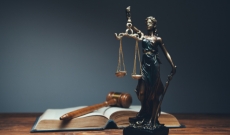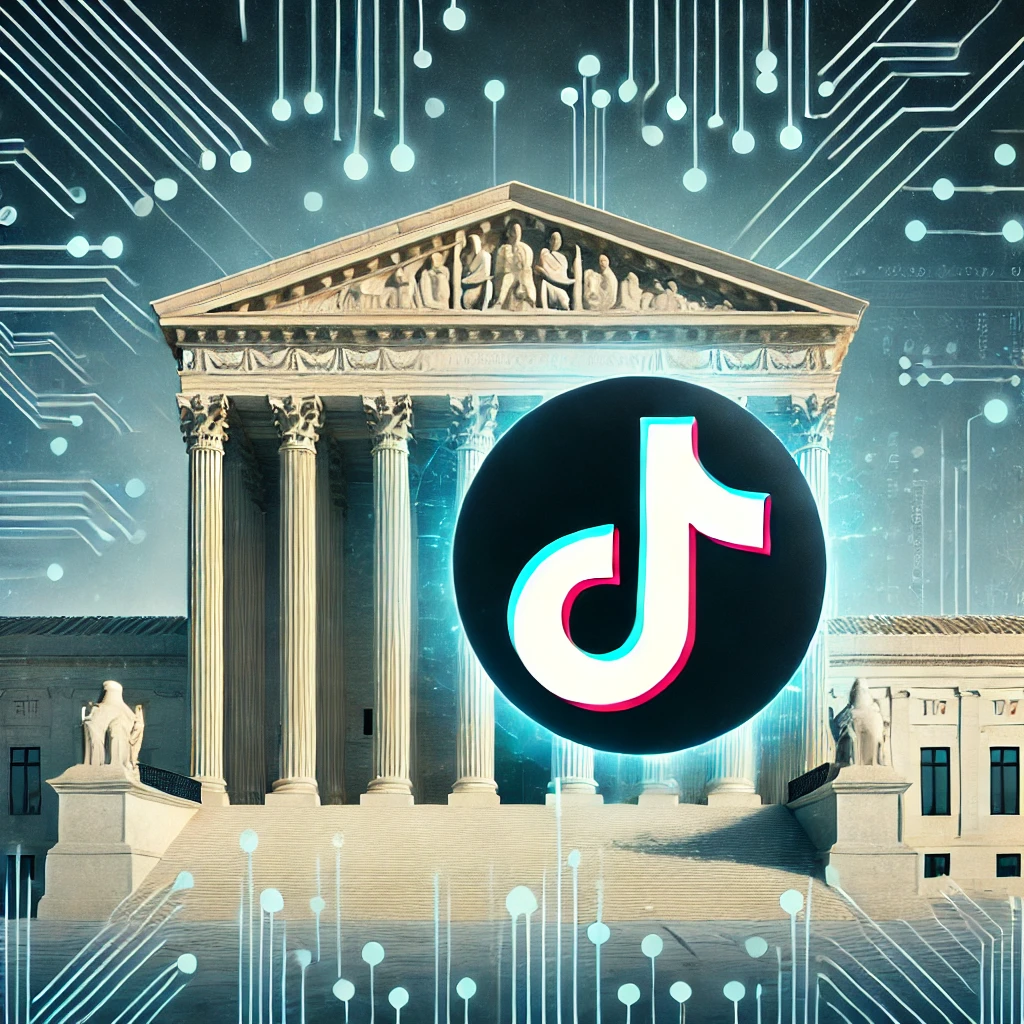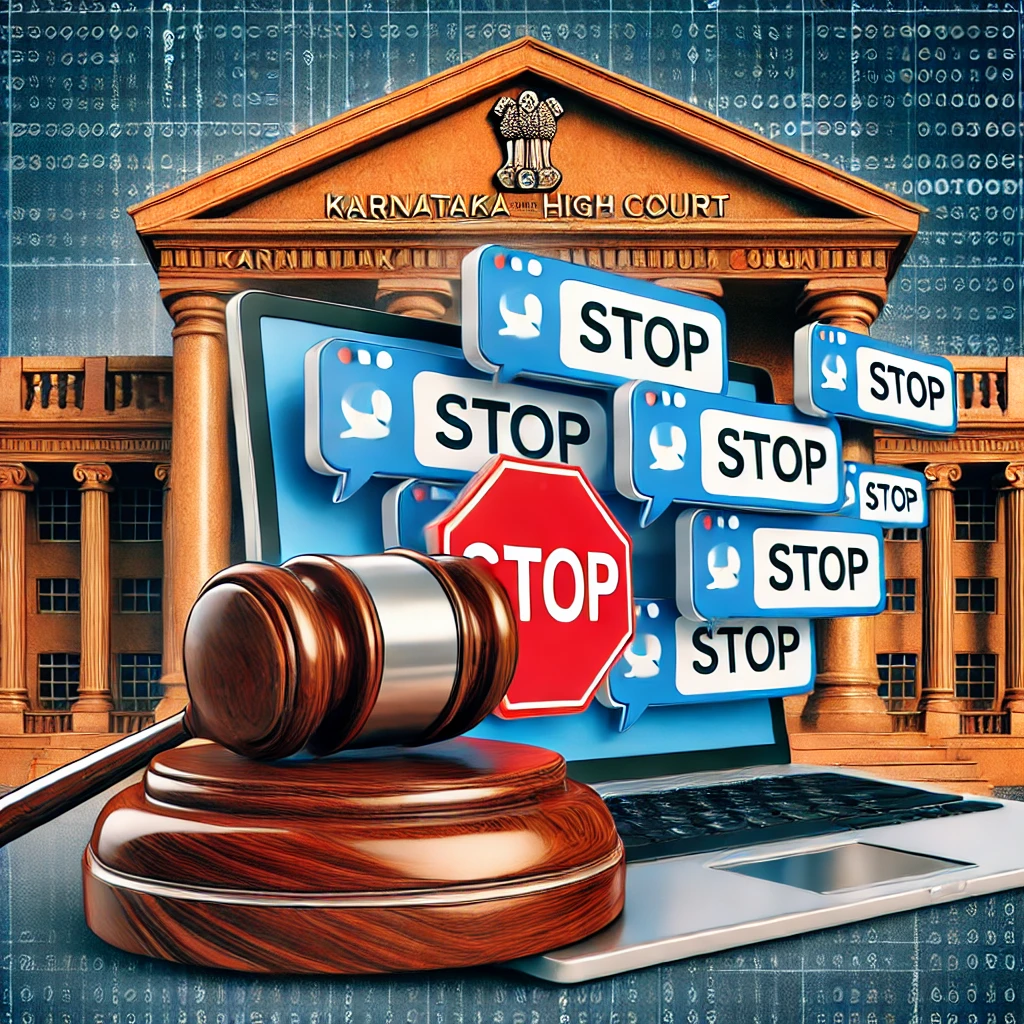SC Protects Social Media Criticism as Free Speech: A Landmark Verdict for Digital Democracy
- ByAdmin --
- 14 Apr 2025 --
- 0 Comments
In a time when tweets can become FIRs and Instagram stories can spark state scrutiny, the Supreme Court of India has drawn a clear line in the sand — criticism on social media, even if sharp, is protected under the Constitution.
In a powerful judgment delivered in March 2025, the Supreme Court held that digital platforms are extensions of public discourse, and the right to free speech under Article 19(1)(a) applies equally to posts, tweets, reels, and blogs. The Court struck down an FIR filed against a journalist for "provocative social media posts" criticizing a local MLA, setting a new benchmark for online speech protection in India.
This ruling not only offers relief to thousands of citizens walking on eggshells online but also redefines how freedom of expression is viewed in India’s rapidly evolving digital age.
The Case That Sparked It
The case involved Rakesh Verma, a freelance journalist based in Rajasthan, who had shared a series of tweets criticizing the mismanagement of COVID-19 funds by a local politician. The tweets were laced with sarcasm, memes, and facts from RTI responses.
Soon after, an FIR was filed against him under:
- Section 153A (promoting enmity),
- Section 505 (spreading false information), and
- The Information Technology Act for “offensive content.”
Rakesh was summoned multiple times, his devices were seized, and his social media accounts were temporarily suspended by the platform following a government complaint.
With the support of legal aid organizations, he approached the Supreme Court seeking quashing of the FIR and protection from coercive action.
What the Supreme Court Said
The bench led by Justice B.V. Nagarathna and Justice Sudhanshu Dhulia struck down the FIR and observed:
“The right to criticize the government or its functionaries, even in strong or exaggerated language, is a protected expression under Article 19(1)(a) of the Constitution. Social media, being a space of public interaction, cannot be treated as a legal vacuum.”
The Court noted:
- Dissent is not sedition
- Discomfort to public officials is not grounds for criminal prosecution
- The state must develop the maturity to accept criticism, especially in democratic spaces like the internet
The judgment emphasized that the "chilling effect" of such FIRs threatens to suppress honest journalism and political expression.
The Digital Public Square: Recognizing the New Reality
This case is one of the first times the Supreme Court directly acknowledged social media as the modern town square, where citizens debate, dissent, and organize.
Justice Nagarathna added:
“The Constitution cannot be restricted to physical spaces. The internet is where the next generation of civic life unfolds, and the law must evolve to protect it.”
This observation brings India in alignment with international trends. Courts in Europe and the US have long protected digital expression as central to free speech.
A Lifeline for Journalists, Students, and Activists
This judgment is particularly impactful for:
- Independent journalists reporting on state corruption
- Student leaders criticizing university administrations
- Activists and civil society members questioning policy on digital platforms
- Citizens engaging in political memes, satire, or parody
In recent years, there has been a rise in FIRs under vague and overlapping sections of the IPC, especially aimed at critics online. Many people have been arrested for Facebook posts, WhatsApp forwards, or YouTube comments. This verdict sends a message that law enforcement cannot be weaponized against opinions.
Balance with Responsibility: Not a Free Pass for Hate
While upholding free expression, the Court also clarified that:
- Incitement to violence, communal hatred, and defamatory content do not enjoy protection
- The existing checks under hate speech laws, defamation, and the IT Rules will continue to apply
- However, such charges must be substantiated with evidence, not filed merely because of “hurt sentiments”
This balance ensures that freedom doesn’t become license — but also that criticism doesn’t become crime.
Broader Legal and Social Impact
The verdict has prompted:
- Legal experts to call for review of colonial-era speech laws
- Civil society to demand standard guidelines for online speech FIRs
- Greater legal education among youth about their digital rights
Social media platforms, too, are expected to reevaluate their content moderation policies in India, especially in light of government takedown requests.
Speech in 280 Characters Is Still Free Speech
The Supreme Court’s judgment protecting social media criticism is not just about one journalist or one tweet. It is about the soul of Indian democracy in the digital age.
In a world where every citizen has a smartphone and a voice, the law must evolve to defend that voice — especially when it holds power to account.
The ruling reminds us that:
- Accountability begins with expression
- Satire is not sedition
- Memes are not menace
And most importantly, in a true democracy, you don’t need a mic or a press card to speak — just the courage to type, post, and be heard.










































































































































































































































































































































































































































































































































































































































































































































































































































































































































0 comments